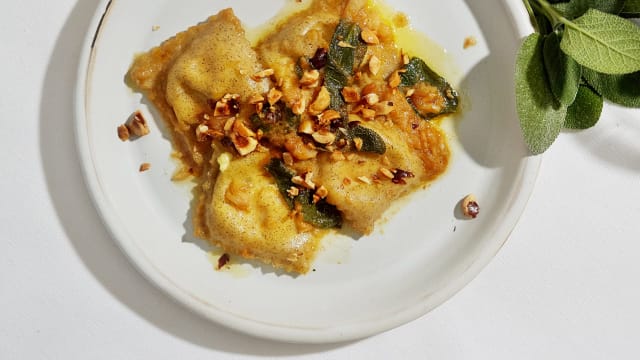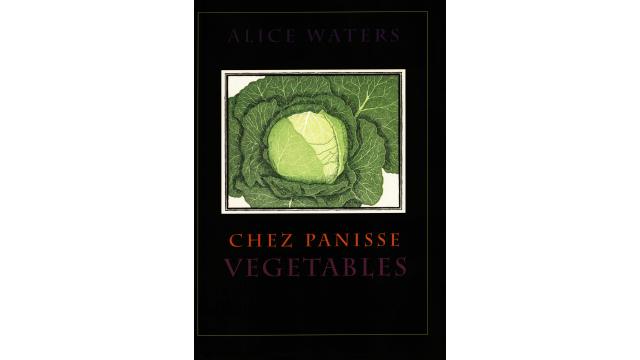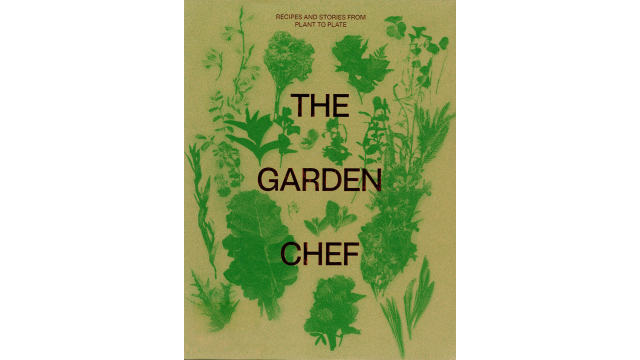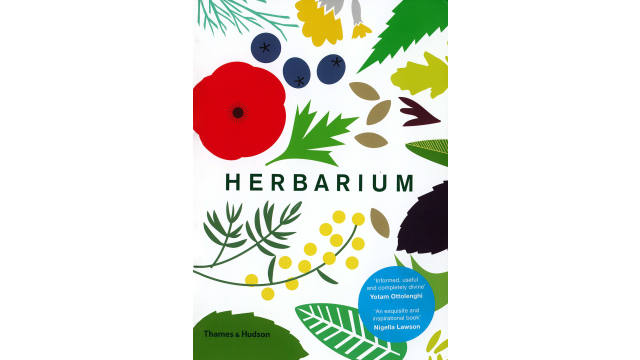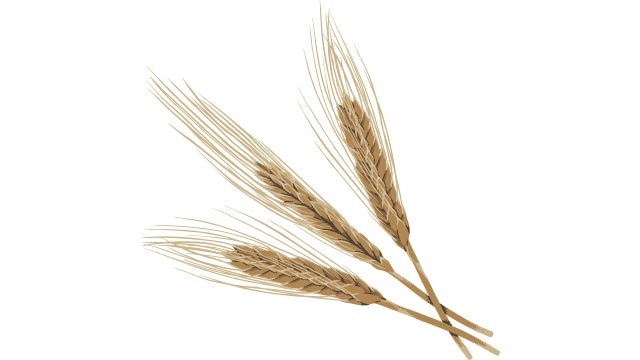Sage
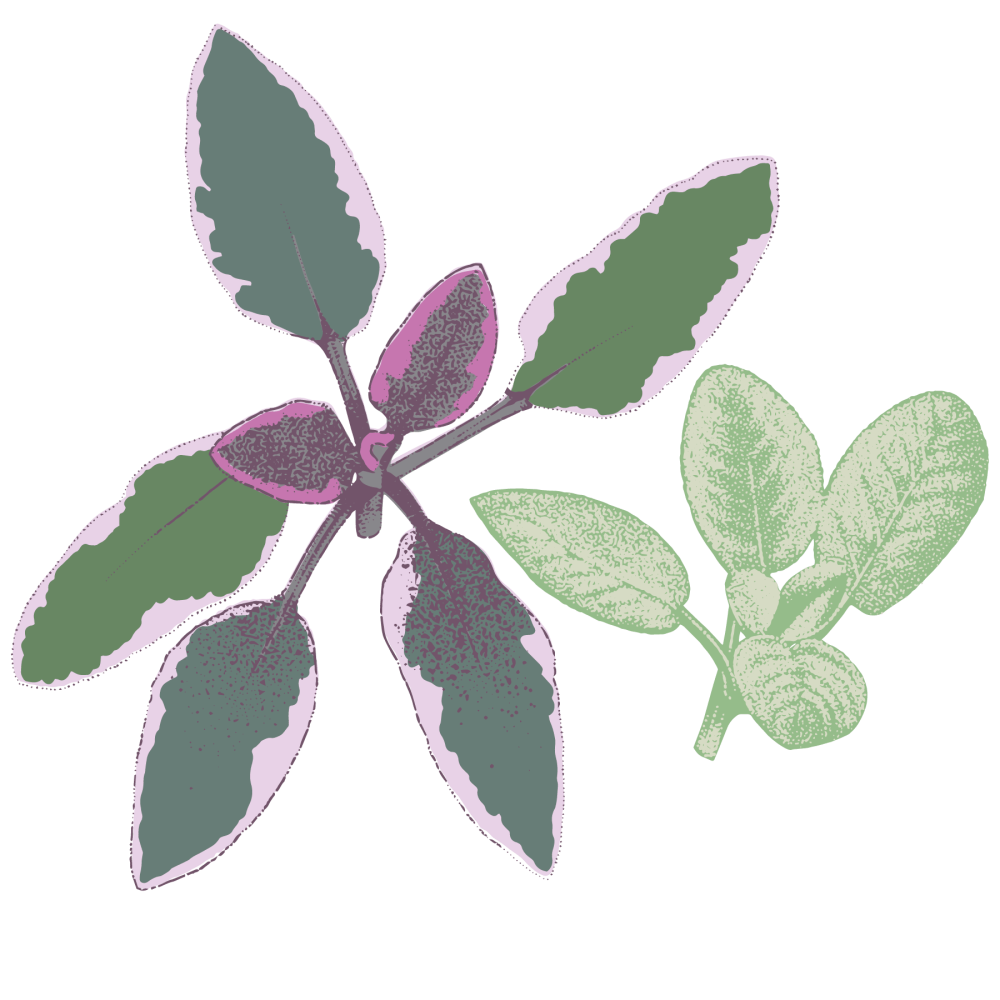
Latin Name: Salvia officinalis
Uses: Herb, tea, medicinal
What is sage?
This bushy perennial evergreen in the mint family has many varieties and forms, including low, creeping types and decorative cultivars with beautifully variegated green, purple, and white leaves. Sage flowers, which are mostly some shade of violet, look like tiny orchids and have a sweeter, more perfumed flavor than the leaves.
Why is sage healthy?
Various types of sage have been used medicinally for millennia to treat everything from snakebites and infertility to inflammation, nervousness, sore throat, headache, dental problems, stomach disorders, skin conditions, joint pain, and fevers. Some modern research suggests compounds found in sage may have beneficial effects on human brain function, improving memory and preventing or slowing the onset of dementia. Sage contains a myriad of essential vitamins and minerals.
What does sage taste like?
Earthy, pungent, and slightly resinous, there’s some similarity to rosemary and oregano in sage’s faintly piney aroma. Like those other woody herbs, it dries exceptionally well, keeping much of its complex character. Different types, for example the somewhat fruity pineapple sage, have distinctive aromatic qualities. People often tie white sage, a close relative of the culinary types, into bundles and burn them as incense.
How do I use sage?
In Europe, sage is often used to season roasted root vegetables and savory squash dishes. It’s an essential component of many American Thanksgiving stuffing recipes, and of Italian classics like pumpkin ravioli and saltimbocca (pounded veal wrapped in prosciutto and pinned with a toothpick through a sage leaf). In the Levant, sage is used to flavor black tea in much the same way that mint is used in Morocco.
What does sage pair well with?
Sage’s assertive nature pairs well with fats, which is why you’ll often see it combined with nuts or cheeses, flavoring brown butter, or used in pork or game dishes. It adds something special to a pot of beans, plays well with onions, and loves its herbaceous brethren when blended into various mixed herb sauces.
Where does sage grow?
Sage is native to the Mediterranean, though today it can be found in many parts of the world. Because it’s quite hardy and attractive, it’s a common feature in both decorative and edible plantings.
How to buy sage:
Look for fragrant leaves that aren't wilting or drying out.
Fun sage fact:
The “officinalis” in the Latin name for sage (and many other plants) refers to the officina, the room in a monastery where medicines and herbs were kept.
